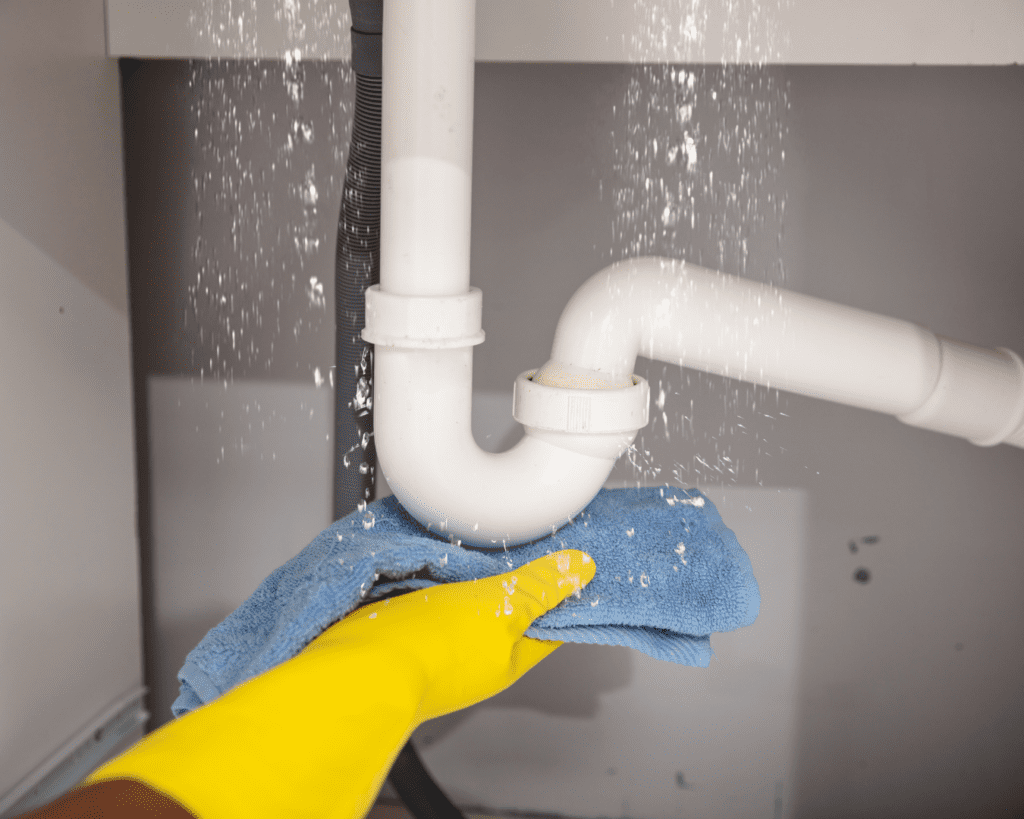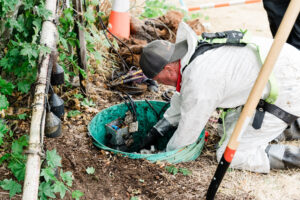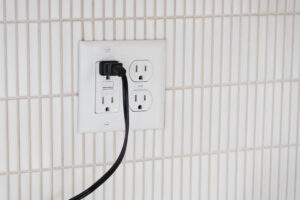
Water leaks can strike at any time and often without warning. A leaking kitchen sink can be a source of frustration and confusion, leaving homeowners scrambling for pots, pans, and towels to stem the flow. Wondering why your kitchen sink decided to stage a waterworks show? Read on as we dive into the top 5 common culprits.
1. Drain leak
Your sink’s drain is where leaks are most commonly going to occur. The drain is an opening at the bottom of your sink’s basin that allows water to flow through. One common reason we see water leaking from a sink drain is due to old, worn-out plumber’s putty that fails to provide a long-lasting, watertight seal. This is particularly true if the sink has been in use for many years. Over time this putty starts to thin, dry out or even crack, causing leaks.
2. Faucet leak
A faucet leak is hard to miss, most often times coming from the spout itself. You may see puddles of water start to form when the faucet is in use and running. While this issue will not result in water escaping your sink, it still leads to water loss and therefore an expensive water bill and should be fixed immediately.
While less common, faucet leaks can also occur under the sink. It’s a good rule of thumb to take a peek there too if you notice water leaking from your faucet spout.
3. Faucet component malfunction
Checking for failed washers or worn gaskets when you have a faucet leak is also ideal, as these will need to be replaced if they happen to be the culprit. One of the simplest, easiest, and most frequently needed faucet repairs is replacing your sinks O-ring seal. This plastic component is attached to the stem screw holding your faucet handle in place and wears easily/becomes loose from everyday use. It commonly fails much quicker than your sink’s metal components and is easy to identify, as it will often cause a leak around the faucet’s handle.
4. Disposal damage or loose pipe/drain connection
Your kitchen sink disposal offers several potential points where seals can fail and come loose. The first being the flange where the top of the disposal connects to the inside of your sink. The bottom of the unit, where it connects to the main drain, is another connection that can come loose. And if the unit connects to the dishwasher drain, the unit can leak there too.
These connections can come unsealed over time or they can start out loose because of a poor installation job. If something physically bumps the unit hard enough, this can compromise the seals. Finally, the disposal can begin to leak if it has damage, such as a crack in the shell of the unit.
5. Clogged P-Trap
A P-trap is the curved part of a pipe that is found underneath your sink. This uniquely shaped component is vital to most home plumbing systems as it prevents foul odors and dangerous gasses from traveling up the drain. They are prone to leaking since they almost always house some water within their curved design. Similar to a leak from a loose pipe connection, a P-trap leak may be easy to miss since it’ll be hidden away from plain sight. Inspecting the cabinet under your sink will reveal a noticeable puddle of water collecting on the floor. Since this is wastewater, you’ll probably also notice that foul smell.
As time goes by you may start to notice your sink’s inability to drain properly, causing backups and therefore leakages. If this is the case, you can get it cleared and the leak should stop. If your P-trap is broken or corroded, however, it will need to be replaced.
Here at FloHawks, we’re experts in leak detection. Whether it’s a simple problem with your plumbing or something more complex, we’ll get the job done quickly and to the highest standard. We have years of experience in pipe repair and ensuring a leak doesn’t resurface. If you are dealing with the constant cleanup of a leaking sink, Talk to the Hawk – call FloHawks!










